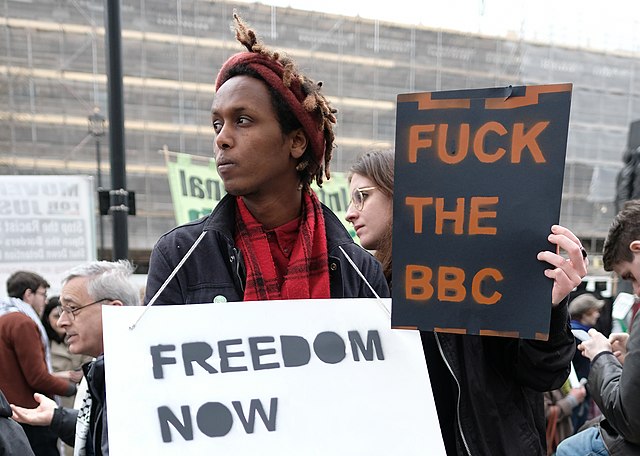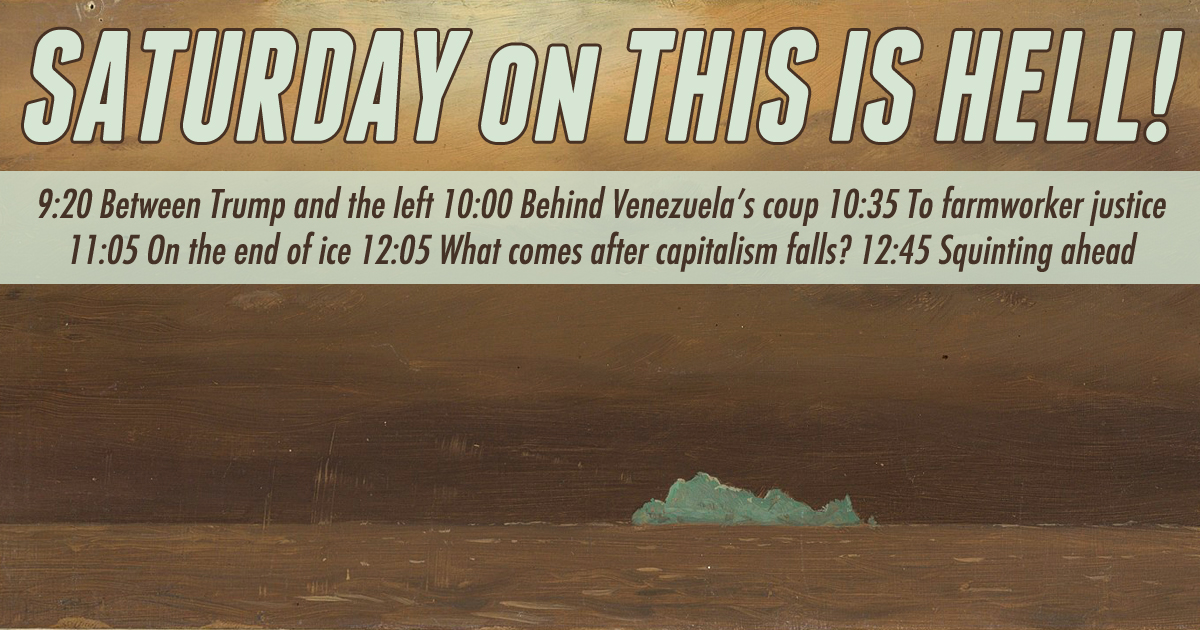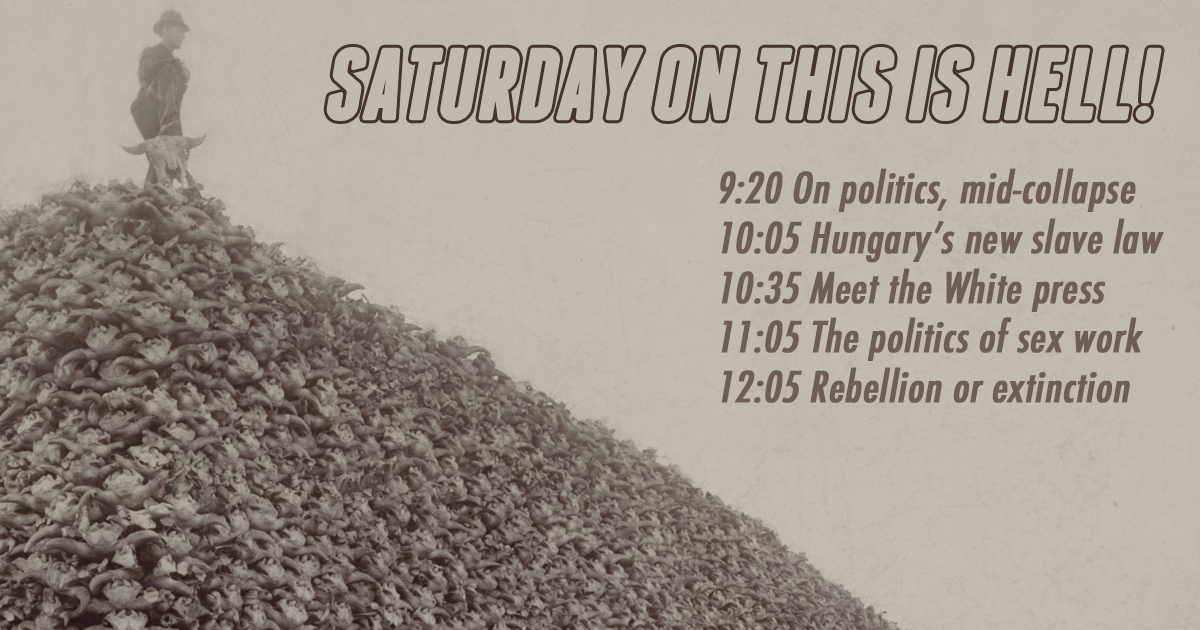In 1700 – (319 years ago) — the Pacific Northwest area of North America was ripped by a massive 9.2 earthquake along a fault stretching some six hundred miles from Vancouver Island to what is now northern California. Although no direct records of the quake exist from that time, scientists have deduced its time and intensity from detailed records of a tsunami that struck the east coast of Japan shortly afterward. Further evidence of the cataclysm was also preserved in growth rings in trees, and is also found in the oral traditions of local Native American and First Nations people, which tell of an apocalyptic blast that struck without warning on a winter’s night, accompanied by floods and landslides that buried entire villages and swept people into the sea, never to be heard from again. Scientists have uncovered other clues suggesting that earthquakes in that region have occurred in a cycle of roughly once every three to five hundred years. In some estimates, they suggest a 37 percent chance of another major quake occurring in that area within the next fifty years.
In 1856 – (163 years ago) — fed up after months of chaotic battle with white settlers in what became known as the Puget Sound War, a force of several hundred Native Americans attacked a white settlement located on a small peninsula at Seattle. In their armed response, the settlers were quickly supported by Marines from the USS Decatur, a Navy ship anchored just offshore. The battle lasted all day, and it ended with at least twenty-eight Native Americans dead, eighty wounded, and the rest demoralized in retreat. The whites, meanwhile, had suffered only two deaths, and would go on maintain and reinforce their hold on the peninsula.
In 1977 – (42 years ago) — former vice president, presidential candidate, and New York governor Nelson Rockefeller died of a heart attack. The first news reports of his death claimed that he had been found slumped over the desk in his office. But contradictions quickly appeared in the official story, and it soon turned out that in fact Rockefeller had met his end while alone in a Manhattan townhouse with a twenty-five-year-old woman who worked for him, and whom he had helped to purchase a condo. While Rockefeller’s family struggled to deny rumors of an illicit sexual affair, the incident quickly became the subject of jokes on late-night television.
Rotten History is... read more
Listen live from 9AM - 1:00PM Central on WNUR 89.3FM / stream at www.thisishell.com / subscribe to the podcast
9:20 - Writer Nicole Aschoff examines the left's new (old) challenges in the Trump era.
Nicole wrote the paper America’s Tipping Point? Between Trumpism and a New Left for Socialist Register.
10:00 - Writer Jorge Martin exposes the imperialist hand in the Venezuelan coup attempt.
Jorge wrote the article Washington Moves Towards 'Regime Change' in Venezuela for Venezuelanalysis.
10:35 - Writer Olivia Heffernan reports on the work of building a farmworker labor movement.
Olivia wrote the article Are we prepared to pay the price for farmworker justice? for openDemocracy.
11:05 - Journalist Dahr Jamail explores grief, love and wilderness on a dying planet.
Dahr is author of the book The End of Ice: Bearing Witness and Finding Meaning in the Path of Climate Disruption from The New Press.
12:05 - Author Peter Fleming makes the case for revolutionary pessimism as we face the future.
Peter is author of the book The Worst Is Yet To Come: A Post-Capitalist Survival Guide from Repeater Books.
12:45 - In a Moment of Truth, Jeff Dorchen squints at the future of disaster capitalism.
Is that being near-sighted or far-sighted, I always get those two mixed up.
Listen live from 9AM - 1:00PM Central on WNUR 89.3FM / stream at www.thisishell.com / subscribe to the podcast
9:20 - N+1 editor Marco Roth examines the political futures of a world on the edge of ecological collapse.
Marco is co-author of the N+1 essay The Best of a Bad Situation.
10:05 - Our Man in Budapest, Todd Williams explains how a new 'slave law' united Hungary's opposition. Maybe.
Todd will be talking about a protest wave against new laws on overtime pay, court centralization and university privatization.
10:35 - Journalist Aaron Miguel Cantú explains what a White press won't write about White supremacy.
Aaron wrote the article The Whitest News You Know for The Baffler.
11:05 - Writer Molly Smith explores the work - and politics and feminism and economy - of sex work.
Molly is co-author of the new book Revolting Prostitutes: The Fight for Sex Workers’ Rights from Verso.
12:05 - Extinction Rebellion's Clare Farrell previews the global fight for survival on a dying planet.
Clare is a co-founder of the movement Extinction Rebellion.
Welcome to the Moment of Truth: the thirst that is the drink.
"Some men are intimidated by strong women." This has been a glib, empty, un-self- aware dose of pabulum on the left for at least the last thirty years. A moment's reflection reveals its nonsensical nature. A moment's reflection is something frowned upon on the left, unless it's reflection of an acceptable dogma or bland agreement. Yes, strong people intimidate weaker people. But you're not being woke or clever or anything remotely laudable by pointing it out. Capitalism exacerbates that dynamic, incidentally. Your strength is both increased and rendered more intimidating by capitalism. Consider that, if you can.
Yes, I'm intimidated by strong women. Why shouldn't I be? Like strong men, they can reject me socially, hurt me physically, humiliate me, or merely exert power over me to my detriment. I'm supposed to feel ashamed of being intimidated? Blow me. I've got enough negative feelings just being intimidated, I'm not going to judge myself for it. Especially not by your criteria.
Yes, I've intimidated others, and I'm not proud of it. There are ways to defuse the intimidation dynamic, if you want to, if it's important to you, but it takes work, and some humility on your part. You have to be secure in yourself. And yet humble at the same time. That's the burden of the strong. That's how you see beyond your privilege.
Don't worry, I'm not very good at it either.
This is the duty, in my opinion, of everyone with privilege, whether white, male, rich, beautiful, or otherwise gifted, exalted, or accomplished. The people who understand this are incredible, you know them when they reach out from their strengths and lift you up simply through the act of reaching. Not everyone has the ability, and even fewer want to have it. It's a singular strength, the ability to be humble and open about one's strengths, because we live in a culture that rewards bullying and egoism and not caring. Winning. We're all about winning, and we have a very narrow definition of victory.
But in some ways, that's the kind of animals we are. We jockey for prestige, we cultivate the best people as friends, we learn the tricks of making ourselves useful and helpful, or trusted, or admired, or highly regarded. And if we fail at these things, we lose. We become poor or lonely. In short, as a species, we are cliquish a-holes.
We also congratulate ourselves on not being the types that are... read more






